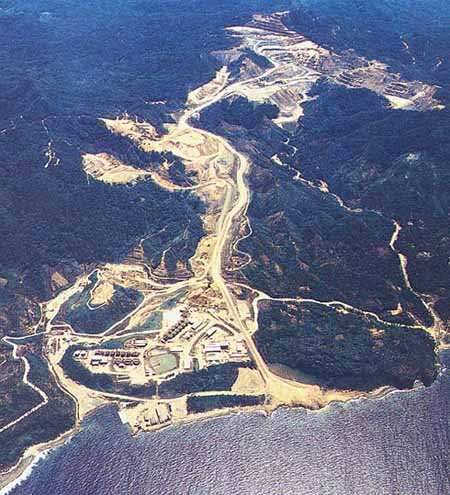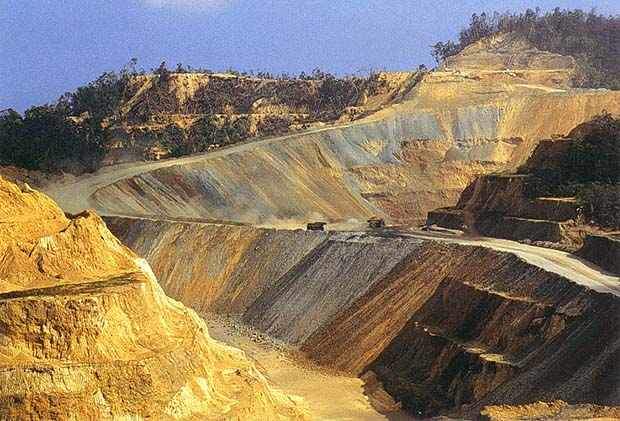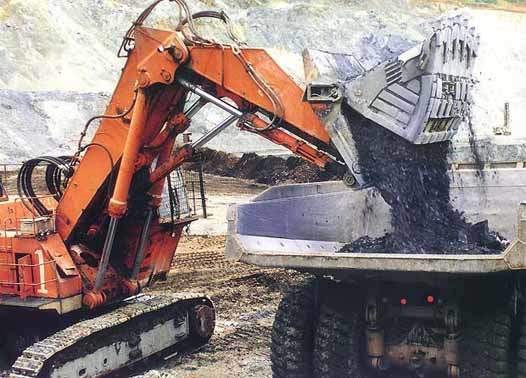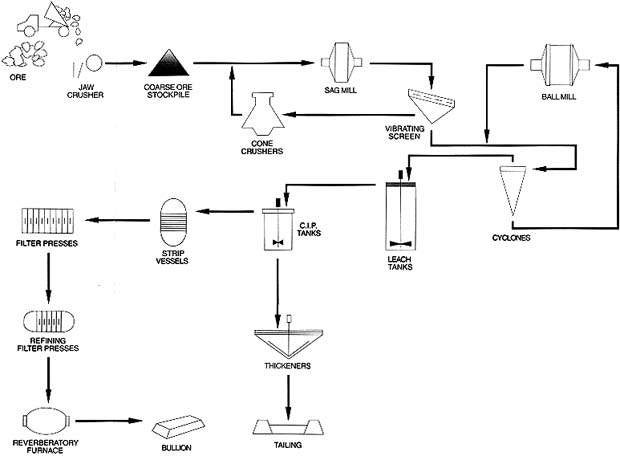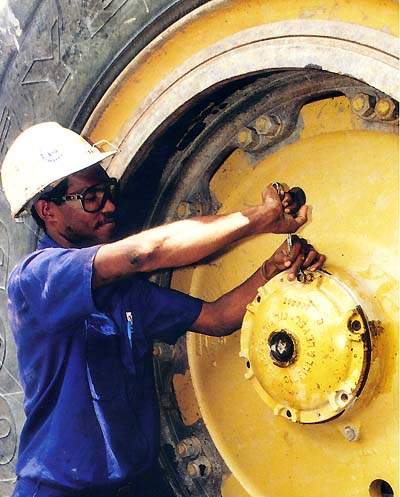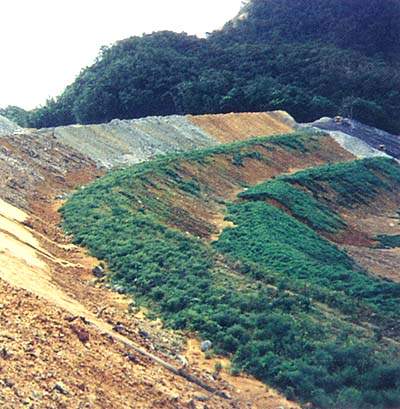The Misima open pit gold/silver mine lies to the east of Misima Island, 200km east of mainland Papua New Guinea (PNG). It is owned by Misima Mines Pty. Ltd., a joint venture between Placer Dome Inc (80%) and the PNG state-owned Orogen Minerals Ltd (20%). The mine entered production in 1990, and in 2003 produced 118,546oz of gold and 541,176oz of silver. Misima employs around 650 people. Mining ended at Misima in 2001, with stockpile milling anticipated to continue into 2004. During its life, Misima has produced over 3.7Moz of gold and 18Moz of silver. Operations now are mainly focused on mine-closure requirements and environmental rehabilitation.
GEOLOGY AND RESERVES
Eastern Misima consists of cretaceous sediments of the Sisa Association, intruded by miocene-aged porphyry sills, dykes and stocks. Epithermal gold and silver mineralisation occurs in fractures and fault zones in the schists, porphyries and greenstones.
The Umuna Lode Zone (ULZ) is fractured and infilled with epithermal quartz grading into hydrothermal breccia at depth. The mineralisation occurs in the quartz and breccia zones and disseminated throughout highly fractured host rocks including microgranite intrusions and low-grade metamorphic schists and greenschists. The small Ewatinona orebody is located 5km south west of the stage 4 pit. Mineralisation continuity and grade continue below and north west of the stage 4 pit. Potential reserves are increased by mineralisation downdip of the ULZ and in its hanging wall.
As of December 2003, proven and probable ore reserves contained 50,000oz of gold and 467,500oz of silver.
OPEN-PIT MINING
Mining was completed in May 2001, following exhaustion of the primary ore reserve. The Maika, Kobel, Kulumalia and Ewatinona pits were worked in 1995/96 and, by 1997, the stages 1, 2 and 3 pits on the Umuna Lode had been mined out. Stages 4 and 5 mined the Umuna orebody to sea level and the limits of the orebody. Production in 1998 came from the stage 6, stage 7 and Ewatinona pits, and the Tonowak pit was added to the ULZ orebody. Mining subsequently proceeded through the remaining areas of ore-grade material.
Production centred on a drill-and-blast, shovel-and-truck operation. 30m-wide haul roads are graded by Caterpillar 16G road graders and are designed at a 10% grade (or 13% in areas where access is difficult). Mining equipment comprised Tamrock Driltech D40K11 rotary drills, Hitachi 12m³ hydraulic shovels, and Caterpillar 992C and 988B front-end loaders. Haulage was by 136t-capacity Caterpillar 785 trucks. Other equipment included a Cat 773B water truck used on site and a 950B tyre manipulator.
ORE PROCESSING
Gold recovery uses a standard crushing, grinding and carbon-in-pulp (CIP) flowsheet. Feed to the 14,500t/d mill is blended from harder high-grade ore and softer low-grade ore obtained from the mine and stockpiles. A jaw crusher handled run-of-mine ore before the mill circuit while two cone crushers in the oversize circuit of a Fuller Traylor SAG mill process harder ores. Output from the SAG mill is sized in hydrocyclones, and the overflow is pumped to the CIP leaching circuit of two lines of six agitation tanks via trash screens. The CIP tailings pass through four safety screens to minimise carbon losses prior to washing in three Enviroclear high-capacity counter-current decantation (CCD) thickeners. Total retention time in the circuit averages 34 hours.
Loaded carbon is pressure-stripped using hot cyanide solution in desorption vessels. Gold and silver are recovered from the pregnant strip solution by zinc precipitation. The gold/silver precipitate is acid treated, dried, mixed with fluxes and smelted in an oil-fired furnace, and poured into doré bullion bars for shipment.

